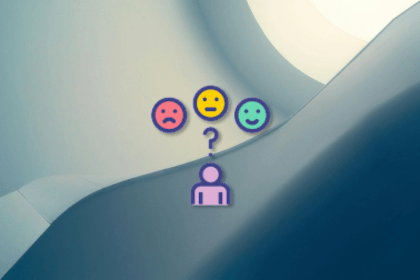
A deep understanding of your customers helps you prioritize problems, define solutions, and adjust communications.

The process of identifying your target market is an ongoing effort that evolves with your product and the marketplace.

Customer acquisition is your lifeline. Without customers, there’s no revenue, and without revenue, eventually there will be no business.

Functional requirements describe the desired outcome from the user’s perspective so it’s easier to understand the end result.

You can leverage switching costs to your advantage to hold onto customers and make them less likely to want to switch.

The problem space is a concept or a term that focuses on identifying and understanding the problems and needs of a customer.

Win rate is the number of successful deals your sales team closes versus the total number of sales opportunities your company had.

Customer discovery helps you ensure you’re focused and prioritizing the right problem for the right customer before development.

If you think about some of the businesses that market familiarity as a selling point, you actually don’t get negative vibes from them at all.

The endowment effect is a psychological quirk where people place higher value on things simply because they own them.

Workplaces have tried to move away from layers and layers of hierarchy, with managers managing managers in a seemingly never-ending pyramid.

The acronym AIDA stands for attention, interest, desire, and action. The AIDA model is a marketing funnel representing a customer’s journey.